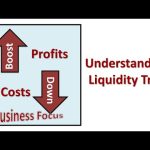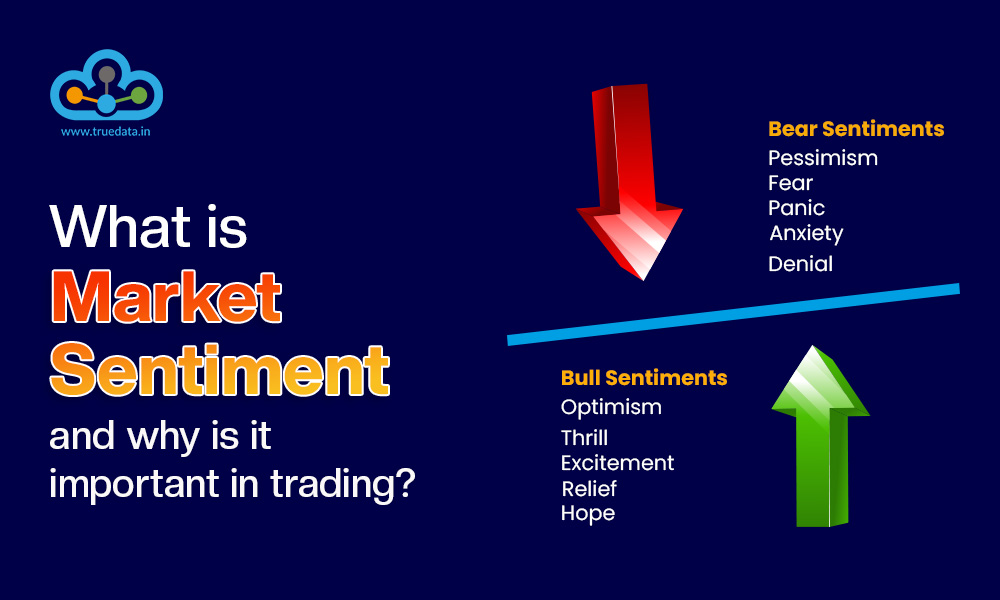
By ATGL
Updated February 23, 2025
Investors are always on the lookout for stable and predictable income sources, and non-callable bonds can provide just that. In a fluctuating financial market, understanding different investment options, especially bonds, is essential for making informed decisions.
Non-callable bonds are fixed-income securities that offer unique advantages, primarily their promise not to be redeemed early by the issuer, ensuring a steady cash flow for the investor. This characteristic stands in contrast to callable bonds, which can be redeemed before maturity under specific conditions, adding a layer of uncertainty.
In this article, we will explore the meaning and functionality of non-callable bonds, dissect their key features, assess the associated risks, and compare them with callable bonds. By the end, you’ll have a comprehensive understanding of how to master bond investment strategies while benefiting from above-average returns.
What Is a Non-Callable Bond?
Non-callable bonds, also known as non-redeemable bonds, are debt securities that cannot be paid out or “called” by the issuer before reaching their maturity date. This ensures that investors know exactly how long they will receive interest payments, providing a predictable income stream. Unlike callable bonds, which issuers can redeem early, non-callable bonds offer more certainty and stability in returns, making them attractive to risk-averse investors.
Definition
A non-callable bond obligates the issuer to repay the face value only at maturity. Throughout its life, it provides regular interest, often known as coupon payments, without interruption. This guarantee is appealing to investors seeking stable, predictable cash flow. While investors benefit from consistency, issuers might face challenges. If market interest rates fall, the issuer must continue to pay the higher, agreed-upon rate, which could impose financial strain.
Moreover, non-callable bonds generally offer lower interest rates compared to their callable counterparts. This is due to the lower risk investors face, as their income stream is safeguarded until the bond matures. Some callable bonds have a protection period where they behave like non-callable bonds, offering uninterrupted interest for a set period.
Example of a Non-Callable Bond
Non-callable bonds are favored in uncertain markets because of their fixed income structure. For instance, US Treasury Bonds serve as a common example of non-callable securities. These government bonds guarantee fixed interest payments, providing a cushion against market volatility. However, one risk these bonds pose to issuers is financial inflexibility. Issuers are locked into a fixed rate, which can be disadvantageous if market interest rates decline during the bond’s lifespan.
In some scenarios, a callable bond may transition to non-callable after a specified protection period. This hybrid model protects bondholders initially while offering issuers the option for redemption later, balancing risk and predictability for both parties.
To illustrate the concept further, consider the following table:
| Feature | Non-Callable Bond | Callable Bond |
|---|---|---|
| Redemption Before Maturity | Not Allowed | Allowed, at issuer’s discretion |
| Interest Rate | Typically lower | Potentially higher |
| Investor Income Stability | High | Medium to Low |
| Issuer’s Flexibility | Low | High |
| Risk for Investor | Lower | Higher |
Basically, non-callable bonds offer a consistent return on investment, making them popular among conservative investors. These bonds ensure fixed income but potentially limit issuers’ financial agility if market conditions change in their favor. Understanding the differences between callable and non-callable bonds helps investors make informed decisions based on their risk appetite and financial goals.
How Non-Callable Bonds Function: Key Features
Non-callable bonds, also known as non-redeemable bonds, are debt securities that can only be repaid at maturity. Unlike callable bonds, non-callable bonds do not allow issuers to redeem the bond early. If the issuer chooses to redeem the bond before it matures, they must pay penalties to the security holders. This type of bond is a fixed-income investment, offering certainty and a stable income stream for investors. Interest payments are guaranteed until maturity, making these bonds attractive to investors who value predictable returns.
Fixed Interest Rates
Non-callable bonds come with fixed interest rates that remain unchanged until the bond reaches maturity. This structure protects bondholders from income loss due to early redemption. For instance, if a non-callable bond is issued with an 8% interest rate and market rates fall to 6%, the issuer is obligated to continue paying the higher rate. This stability appeals to investors, as it provides assurance against market fluctuations. Moreover, having a fixed interest rate eliminates the reinvestment risk found in callable bonds, where lower market rates can reduce returns upon reinvestment.
Predictability and Stability
These bonds offer a stable income regardless of market volatility, enhancing their attractiveness to conservative investors. Since issuers cannot redeem non-callable bonds before the maturity date, investors can plan their financial future with confidence. Compare this to callable bonds, which can transition to non-callable after a “Protection Period,” highlighting the importance of predictability. Non-callable bonds typically include U.S. Treasury Stock, a common example of secure investments providing steady returns.
Consistent Returns for Investors
Investors in non-callable bonds enjoy consistent returns due to their fixed interest rates, which do not vary even in fluctuating market conditions. This reliability protects investors from premature redemption, ensuring a steady income throughout the bond’s life. Even if market interest rates dip, the bondholder receives pre-determined coupon payments as expected. This feature helps prevent the income loss that can occur from reinvesting funds at lower rates once callable bonds are redeemed. Thus, non-callable bonds offer a stable path for forecasting income as they approach maturity.
Long-Term Nature
The long-term commitment of non-callable bonds guarantees reliable interest or coupon payments until maturity. Regardless of market interest rate changes, they assure the investor of stable returns. Issuers, however, face the challenge of paying higher interest rates even when market rates decline, impacting their cost of debt. This long-term commitment appeals to investors seeking steady income without redemption risks. In exchange for this predictability, non-callable bonds typically have lower interest rates than callable bonds, which reflects their decreased risk and extended time frame.
| Comparison Factor | Callable Bonds | Non-Callable Bonds |
|---|---|---|
| Early Redemption | Possible, under certain conditions | Not possible without penalties |
| Interest Rates | May change based on market rates | Fixed until maturity |
| Reinvestment Risk | Present during market rate declines | Eliminated by fixed rates |
| Predictability | Lower due to possible redemption | Higher due to fixed-term commitment |
| Risk | Higher for investors due to redemption | Lower for investors, risks absorbed by issuer |
Non-callable bonds offer fixed interest rates and predictable income, making them ideal for risk-averse investors seeking stability and reliable returns.
Risks and Limitations of Non-Callable Bonds
Non-callable bonds come with certain risks and limitations despite their benefits. One key risk is the opportunity cost tied to fixed interest rates. If market interest rates decline, the fixed rate on non-callable bonds becomes less attractive. Investors may miss out on higher returns available elsewhere.
Although non-callable bonds allow for predictable interest income, the issuer cannot redeem these bonds early, even if market conditions become more favorable. This could have an impact when bond yield definition highlights the bond’s return over time.
Another limitation is that non-callable bonds generally offer lower interest rates compared to callable bonds. This reflects the reduced risk for investors but can be less appealing when comparing returns.
However, bondholders benefit from consistent coupon payments, eliminating reinvestment risk associated with premature redemption. Here’s a quick view of the limitations:
- Opportunity Cost: Fixed rates may not align with declining market rates.
- Lower Interest Rates: Typically less than callable bonds.
- Inflexibility: Issuers can’t redeem the bond before maturity.
Overall, while non-callable bonds provide stable returns, their fixed nature can be a disadvantage in certain market environments.
Callable Bonds vs Non-Callable Bonds: Which Is Better?
When deciding between callable and non-callable bonds, understanding their unique features is key. Callable bonds generally offer higher yields to compensate for the reinvestment risk if they are redeemed early. This flexibility benefits issuers, allowing them to refinance debt at lower interest rates, which is advantageous when market rates decline.
However, non-callable bonds provide fixed interest payments until maturity, offering bondholders reliable income regardless of market interest rate changes. This makes non-callable bonds a safer option for investors seeking stable returns, as they protect against income loss from premature redemptions.
Consider the following comparison:
| Feature | Callable Bonds | Non-Callable Bonds |
|---|---|---|
| Yield | Higher due to reinvestment risk | Lower, with fixed payments |
| Reinvestment Risk | High, due to potential early redemption | None, payments continue until maturity |
| Impact of Interest Rate | Affected by declining rates; may be redeemed | Stable income, unaffected by rate changes |
Note, while callable bonds offer potential higher yields, non-callable bonds provide stability and predictable income. Your choice depends on your risk tolerance and income needs.
Master Bond Investment Strategies With Above the Green Line
Investing in bonds can be a smart way to secure fixed income returns. Non-callable bonds, also called non-redeemable bonds, are an excellent option for those seeking stability. These bonds can only be paid out at maturity, ensuring a consistent income stream. Unlike callable bonds, non-callable bonds carry no risk of being redeemed early, so investors do not face the uncertainty of reinvestment at lower rates.
Benefits of Non-Callable Bonds:
- Guaranteed Payments: Receive fixed payments until maturity.
- Lower Risk: No risk of early redemption.
- Stable Returns: Reliable income, regardless of market interest changes.
While callable bonds might seem appealing, they come with higher risks due to possible early redemption, which can force reinvestment at unfavorable rates when issuers look for cheaper refinancing options. By choosing non-callable bonds, you avoid these pitfalls and enjoy peace of mind with a stable investment strategy. Join Above the Greenline today and learn more about bonds.






